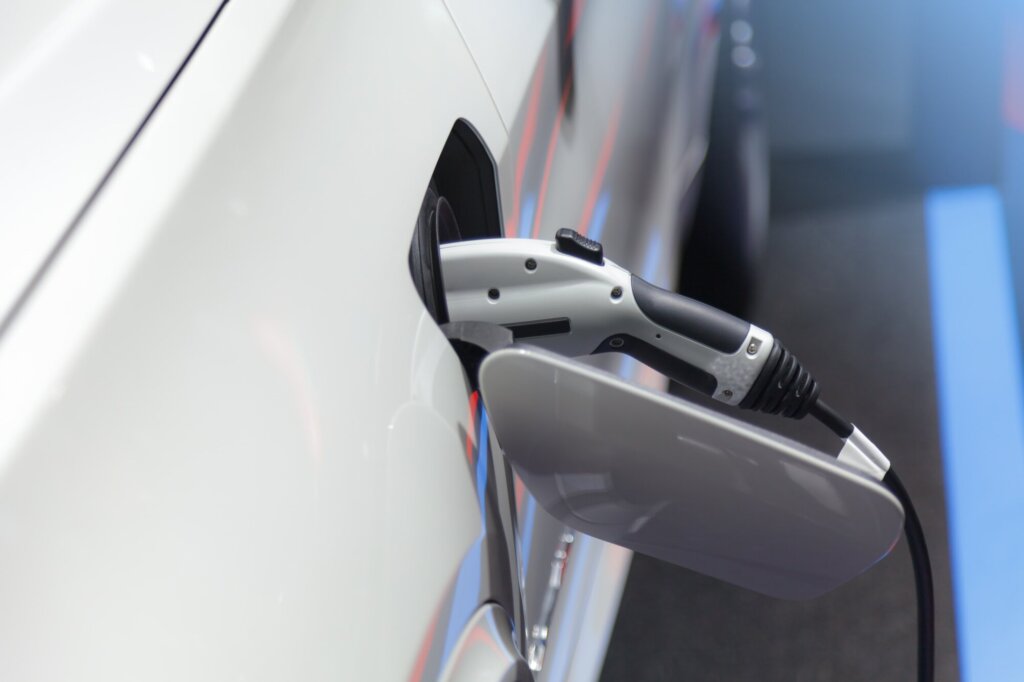Unlocking Vehicle-Grid Integration in Canada

A new report from Dunsky prepared for CSA Group provides a comprehensive look at the Vehicle-Grid Integration (VGI) landscape in Canada and identifies key opportunities for standardization. Drawing on extensive literature review and stakeholder engagement with automakers, utilities, charging providers, and regulators across North America, our team assessed the technical readiness, benefits, and limitations of four key VGI applications: unidirectional smart charging (V1G), vehicle-to-load (V2L), vehicle-to-building/home (V2B/V2H), and vehicle-to-grid (V2G).
As electric vehicles (EVs) become a major source of demand on the grid, utilities face both challenges and opportunities. VGI can help transform EVs from new sources of load into flexible assets that provide grid services. While the potential is significant, several barriers must be addressed to enable widespread adoption.
Our research shows that the current standards landscape is diverse and evolving, but notable gaps exist. While alignment efforts are underway, gaps and overlaps in the standards landscape still create uncertainty. Utilities, vehicle manufacturers (OEMs), and aggregators face questions about which technologies, communications protocols, and standards to prioritize and how to ensure interoperability across EVs, chargers, aggregators, and the grid.
The report identifies five priority opportunities to advance standardization and enable reliable, interoperable, and scalable VGI deployment:
- Advance alignment of communications protocols
- Harmonize Canadian standards with international best practices
- Establish certification pathways for V2G-AC
- Verify that technology stacks can deliver VGI
- Develop best practices for utility interconnection
For utilities, the benefits of VGI are compelling. VGI can help shape load curves, integrate more renewable energy, and defer costly infrastructure upgrades, all while deepening customer relationships through resilience and new value streams.
VGI offers transformative potential for Canada’s electricity systems, but realizing this potential will require targeted standardization efforts to help ensure safety, interoperability, and grid compatibility. By advancing the standards landscape, Canada can better position itself to capture the economic, environmental, and resilience benefits of integrating EVs into its electricity systems.
Related Projects
- Read more about Toronto Hydro and Dunsky Help Enable Customer Clean Energy Projects Through Cleantech Services Network
Toronto Hydro and Dunsky Help Enable Customer Clean Energy Projects Through Cleantech Services Network
July 3, 2025
Barriers to undertaking clean energy projects are not just financial. A significant barrier for residential and commercial building owners to…

- Read more about Utility Projects on the Go
Utility Projects on the Go
October 18, 2024
Our team is currently supporting utilities on both coasts (and others in between) with a variety of strategic initiatives. Here…

- Read more about Canada Electricity Advisory Council Delivers Final Report on Achieving Canada’s Clean Electricity Goals
Canada Electricity Advisory Council Delivers Final Report on Achieving Canada’s Clean Electricity Goals
June 17, 2024
The Canada Electricity Advisory Council (CEAC), chaired by Dunsky President Philippe Dunsky, completed its 12-month mandate to examine ways in…
